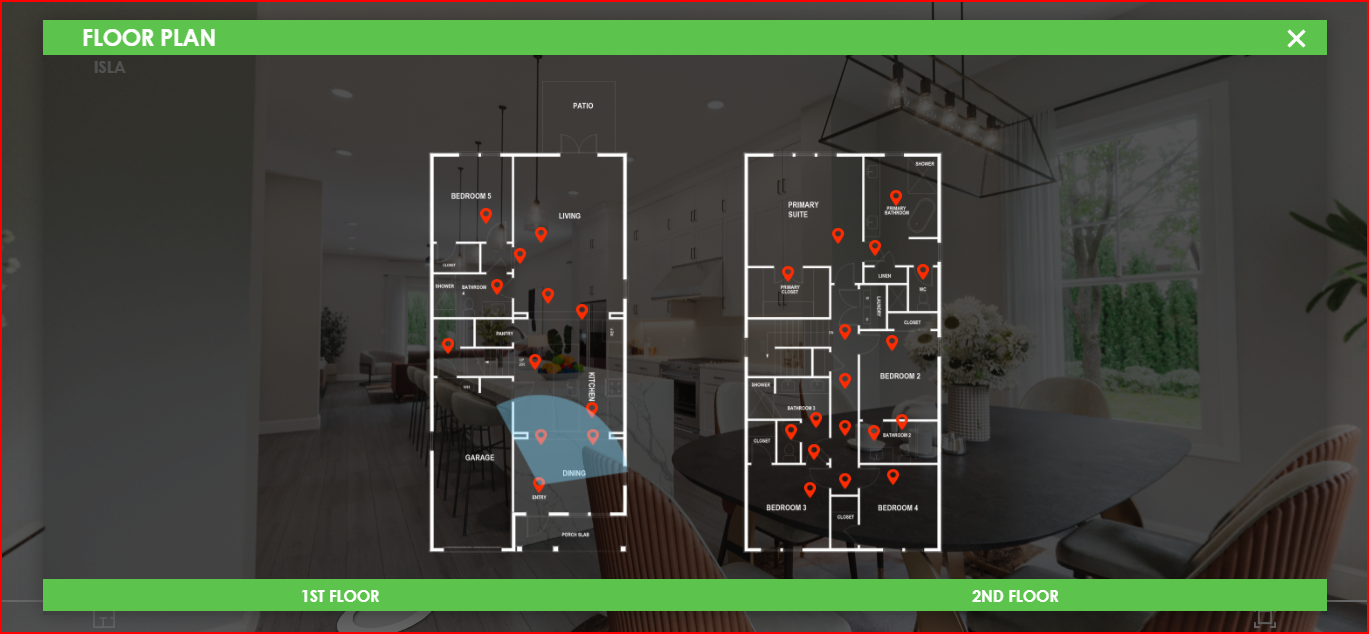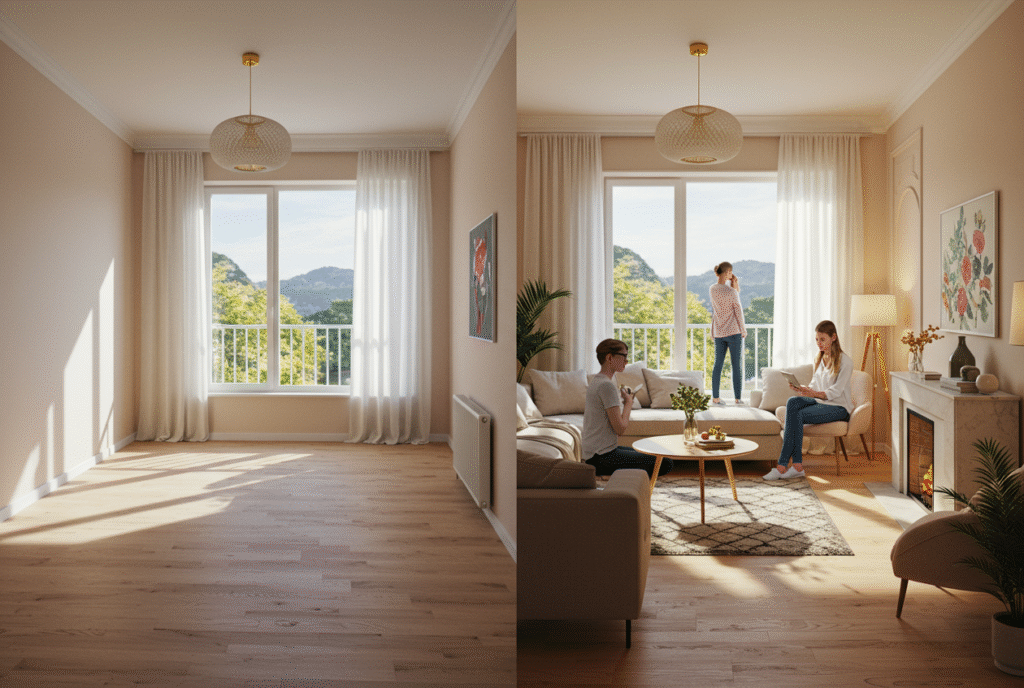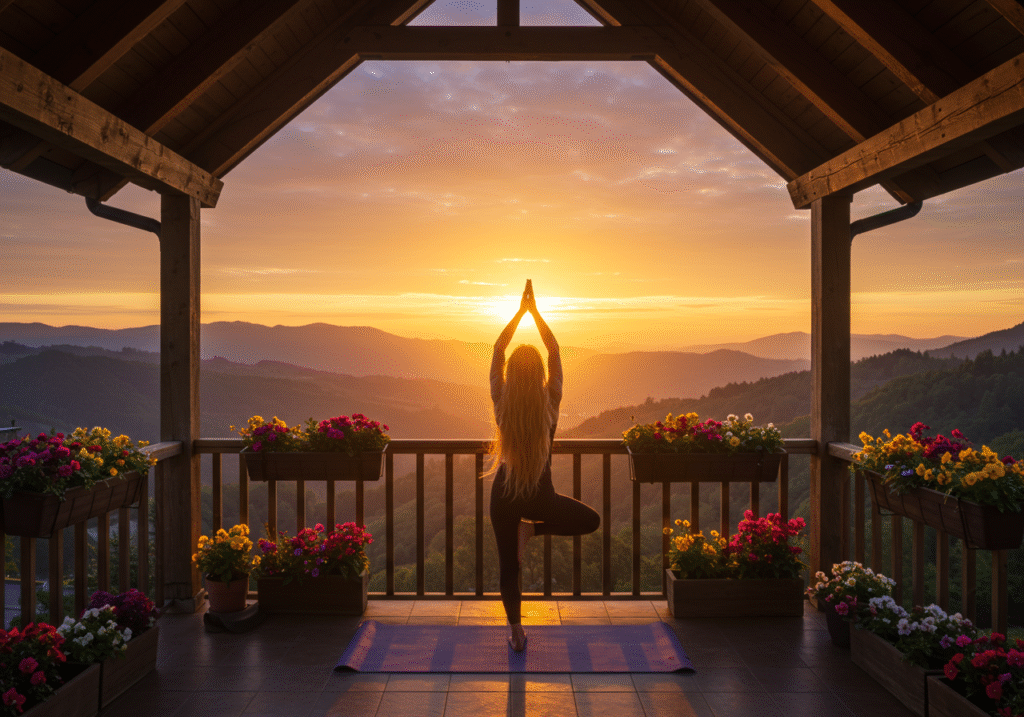
The paradigm for marketing real estate, especially in the pre-construction phase, has undergone a seismic shift. Today’s discerning buyers and renters, shaped by recent global events and evolving digital habits, seek more than just square footage or granite countertops. They crave connection, experience, authenticity, and a sense of belonging. They aren’t just buying or leasing property; they’re investing in a lifestyle. For developers and marketers launching projects in 2025, this means the old playbook – relying solely on floor plans, feature lists, and generic renderings – is no longer sufficient. Success now hinges on “selling the vibe”: crafting a compelling pre-construction narrative that resonates emotionally, builds a community before the doors open, and ultimately justifies premium value.
At the heart of this narrative transformation lies the power of sophisticated real estate visual storytelling. It’s about using high-impact visuals not merely as illustrations, but as strategic tools to immerse potential residents in the future experience, making the intangible tangible and building desire long before the first foundation is poured. An effective pre-construction marketing strategy today is less about listing features and more about painting a vivid picture of life within the envisioned space.
Understanding the modern resident is key. Market insights reveal distinct priorities:
These priorities form the emotional and rational landscape upon which a compelling pre-construction narrative must be built, particularly in competitive luxury property marketing.
A narrative approach moves marketing from transactional to transformational. Instead of saying “We offer a 2-bedroom unit with stainless steel appliances,” it communicates, “Imagine hosting friends in your light-filled kitchen, effortlessly blending culinary creativity with connection.” This narrative needs a powerful engine to bring it to life, especially when the physical space doesn’t yet exist. This engine is real estate visual storytelling.

Static renderings have their place, but truly selling the vibe requires a more dynamic and immersive visual toolkit:



The narrative created through these visual assets becomes the foundation for building brand community online. A consistent stream of compelling visual content across the project’s website, social media channels (Instagram, TikTok, Pinterest thrive on visuals), and email marketing nurtures excitement and engagement:
This sustained digital engagement, powered by rich visuals, transforms passive prospects into an active, invested community eager for the project’s completion.
Hypothetical Scenario: A developer launching a trendy, wellness-focused apartment community could implement this strategy:
* Their pre-construction marketing strategy centers on the narrative of “balanced urban living.”
* Cinematic animations depict residents utilizing the yoga studio, rooftop meditation garden, and communal kitchen space for healthy cooking classes.
* Interactive virtual tours allow users to explore apartment layouts featuring natural materials and smart wellness tech (like circadian rhythm lighting), offering high virtual tour engagement.
* Instagram posts feature lifestyle renderings of residents enjoying the spaces, paired with captions about well-being and community connection.
* They host an online event where the interior designer walks viewers through design choices using renderings and material palettes, actively building brand community online.

This integrated approach uses real estate visual storytelling to consistently reinforce the “vibe” and attract residents who resonate with that specific lifestyle promise.
The ultimate goal of selling the vibe is to build such strong desire and emotional connection that the property transcends being a mere commodity. When potential residents are captivated by the narrative and feel part of the nascent community, their perception of value shifts. They are willing to pay a premium not just for the physical space, but for the promised experience, the sense of belonging, and the alignment with their lifestyle aspirations.
This is particularly potent in luxury property marketing, where exclusivity and unique experience are paramount. However, the principle applies across market segments. Effectively visualizing and communicating the unique “vibe” differentiates the project, accelerates lease-up or sales velocity, and supports premium pricing strategies.
In the experience-driven real estate market of 2025, developers and marketers must evolve beyond selling square footage. Success lies in crafting and communicating a compelling narrative – selling the unique “vibe” and sense of community that a project offers. An effective pre-construction marketing strategy recognizes that real estate visual storytelling is the most powerful tool to achieve this.
By strategically deploying cinematic animations, immersive virtual tours, and lifestyle-focused renderings, you can bridge the gap between blueprint and lived reality. You can build excitement, foster connection, and cultivate a community long before the doors open. This narrative-driven, visually powered approach not only captures attention but also builds the deep desire necessary to command premium value and ensure project success in an increasingly competitive landscape. Don’t just show them the property; show them the life they can live there. Visualize the vibe, and you’ll capture the hearts – and contracts – of your target audience.
We craft stunning renderings and animations that bring unbuilt properties to life. Our work is all about capturing that magical “wow” moment. The kind that makes you see the future and feel inspired by what’s to come.